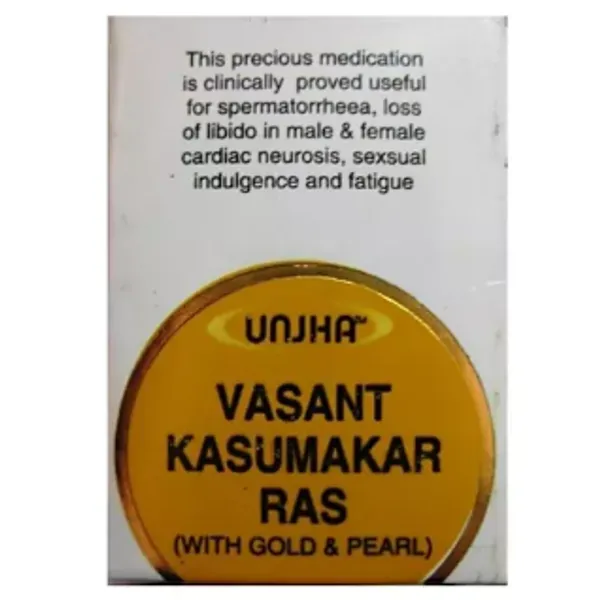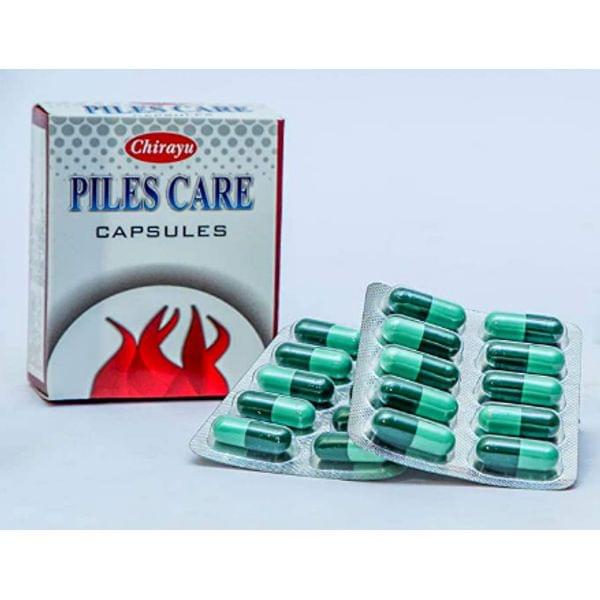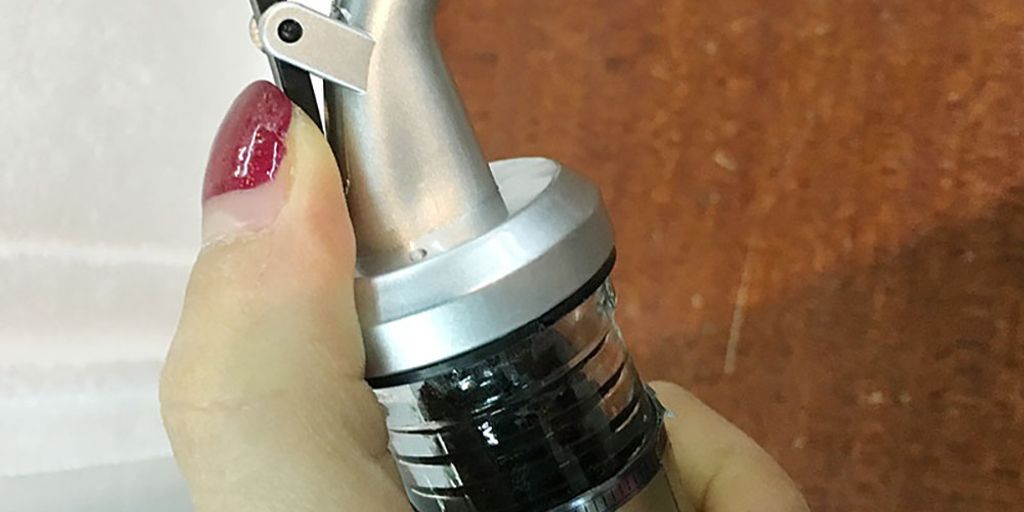Pigmentation on the face is a common skin concern that can be caused by various factors such as sun exposure, hormonal changes, and skin damage. Ayurveda offers natural remedies and preventive measures to address pigmentation and promote healthy, radiant skin. In this article, we will explore the causes of pigmentation, Ayurvedic treatments, and preventive measures to manage pigmentation effectively.
Key Takeaways
- Ayurvedic remedies focus on balancing the doshas and promoting overall skin health.
- Incorporating herbs like turmeric and aloe vera in skincare can help reduce pigmentation.
- A balanced diet and lifestyle play a crucial role in managing pigmentation.
- Sun protection is essential to prevent further pigmentation and protect the skin from damage.
- Ayurvedic treatments such as lepa and udvartana can help alleviate pigmentation and restore skin health.
Understanding Pigmentation on Face
Causes of Pigmentation
Pigmentation on the face can be caused by various factors such as sun exposure, hormonal changes, and skin injuries. These causes can lead to an overproduction of melanin, resulting in dark spots and patches on the skin. Additionally, genetic predisposition and certain medications can also contribute to pigmentation issues. Understanding the root causes of pigmentation is crucial in developing effective treatment and prevention strategies.
| Causes | Description |
|---|---|
| Sun Exposure | Excessive exposure to UV rays can stimulate melanin production. |
| Hormonal Changes | Fluctuations in hormones, especially during pregnancy or menopause, can trigger pigmentation. |
| Skin Injuries | Scars and wounds can lead to post-inflammatory hyperpigmentation. |
It’s important to address these causes in order to effectively manage pigmentation and achieve clear, healthy skin.
Types of Pigmentation
Pigmentation on the face can manifest in various forms, including hyperpigmentation and hypopigmentation. Hyperpigmentation occurs when there is an excess production of melanin, leading to dark spots or patches, while hypopigmentation results in lighter patches due to a decrease in melanin production. It is important to understand the different types of pigmentation in order to address them effectively. Below is a table outlining the characteristics of hyperpigmentation and hypopigmentation.
| Type of Pigmentation | Characteristics |
|---|---|
| Hyperpigmentation | Excess melanin production, dark spots or patches |
| Hypopigmentation | Decrease in melanin production, lighter patches |
Understanding the nature of pigmentation is crucial for devising appropriate treatment and preventive measures.
Impact of Pigmentation on Skin
Pigmentation on the face can have a significant impact on the skin, leading to uneven skin tone and discoloration. This can affect a person’s confidence and self-esteem. It is important to address pigmentation issues to maintain healthy and radiant skin. The following table illustrates the various types of pigmentation:
| Type of Pigmentation | Description |
|---|---|
| Melasma | Patchy brown or gray |
| Sunspots | Small, darkened areas |
| Post-inflammatory | Dark spots after injury |
Preventive measures and Ayurvedic remedies can help in managing and reducing pigmentation for healthier skin.
Ayurvedic Remedies for Pigmentation
Herbs and Ingredients
In Ayurveda, herbs and natural ingredients are widely used to treat pigmentation on the face. These include turmeric, aloe vera, and sandalwood, which have skin-lightening and anti-inflammatory properties. The following table provides a list of effective herbs and ingredients used in Ayurvedic remedies for pigmentation:
| Herb/Ingredient | Properties |
|---|---|
| Turmeric | Skin-lightening, anti-inflammatory |
| Aloe Vera | Soothing, healing |
| Sandalwood | Cooling, anti-inflammatory |
Ayurvedic practitioners emphasize the importance of internal cleansing and detoxification through a balanced diet and lifestyle. This includes consuming antioxidant-rich foods and maintaining a healthy routine. The holistic approach of Ayurveda aims to address the root cause of pigmentation and promote long-term skin health. The impact of these natural remedies extends beyond superficial treatment, offering a comprehensive solution to pigmentation issues.
Diet and Lifestyle
*Ayurveda emphasizes the importance of a balanced diet and healthy lifestyle for managing pigmentation. Incorporating antioxidant-rich foods such as amla, turmeric, and neem can help in reducing pigmentation. Additionally, practicing stress-reducing activities like yoga and meditation can contribute to overall skin health. It is essential to avoid excessive consumption of spicy and oily foods, as they can aggravate pigmentation. Furthermore, following a regular skincare routine and protecting the skin from harmful UV rays are crucial in preventing further pigmentation. The following table illustrates some recommended foods for managing pigmentation:
| Food | Benefits |
|---|---|
| Amla | Rich in Vitamin C |
| Turmeric | Anti-inflammatory properties |
| Neem | Purifying and detoxifying |
It is important to consult an Ayurvedic practitioner to personalize the diet and lifestyle changes according to individual needs.
Ayurvedic Treatments
Ayurvedic treatments for pigmentation on the face focus on using herbs and ingredients that are known for their skin-brightening and rejuvenating properties. Additionally, a balanced diet and lifestyle play a crucial role in managing pigmentation. These treatments aim to restore the natural balance of the skin and promote an even skin tone. It is important to consult with an Ayurvedic practitioner before starting any treatment.
| Treatment | Description |
|---|---|
| Herbal facials | Natural ingredients are used to create a facial mask that targets pigmentation. |
Ayurvedic treatments emphasize the use of natural ingredients and holistic approaches to address pigmentation issues.
Preventive Measures for Pigmentation
Sun Protection
*Sun protection is crucial in preventing pigmentation on the face. Using sunscreen with a high SPF, wearing protective clothing, and seeking shade during peak sun hours are effective measures. Additionally, incorporating antioxidant-rich foods in the diet can provide internal sun protection. It is important to remember that prevention is the key to managing pigmentation effectively. Below is a table summarizing the recommended sun protection measures:
| Sun Protection Measures | Description |
|---|---|
| Wear sunscreen | Use a broad-spectrum sunscreen with SPF 30 or higher |
| Wear protective clothing | Cover exposed skin with long-sleeved shirts and hats |
| Seek shade | Stay in the shade during midday hours |
Skin Care Routine
Proper skin care routine is essential for managing pigmentation on the face. It involves gentle cleansing, exfoliation, and moisturizing. Additionally, using sunscreen with a high SPF is crucial for protection against harmful UV rays. An example of a simple skin care routine is shown in the table below:
| Step | Description |
|---|---|
| 1. | Cleansing |
| 2. | Exfoliation |
| 3. | Moisturizing |
Implementing these steps can help in maintaining healthy and radiant skin. It’s important to consult an Ayurvedic practitioner for personalized advice on skin care routine and product selection.
Healthy Habits
Healthy habits play a crucial role in preventing pigmentation on the face. Maintaining a balanced diet, staying hydrated, and getting regular exercise are essential for overall skin health. Additionally, limiting exposure to harmful UV rays and using natural skincare products can significantly reduce the risk of pigmentation. Following these healthy habits can help maintain a clear and radiant complexion.
It’s important to prioritize skin protection and adopt a holistic approach to skincare to prevent pigmentation.
| Healthy Habits | Description |
|---|---|
| Balanced Diet | Essential for skin health |
| Hydration | Keeps skin hydrated and healthy |
| Exercise | Promotes blood circulation |
Conclusion
Summary of Ayurvedic Treatment
Ayurvedic treatment for pigmentation on the face focuses on using herbs and natural ingredients to address the root causes of pigmentation. Additionally, a balanced diet and healthy lifestyle are emphasized to promote skin rejuvenation. According to Ayurveda, the use of Neem, Turmeric, and Aloe Vera can help in reducing pigmentation. The following table summarizes the key herbs and ingredients used in Ayurvedic remedies for pigmentation:
| Herb/Ingredient | Benefits |
|---|---|
| Neem | Anti-inflammatory, Antioxidant, Skin Healing |
| Turmeric | Anti-inflammatory, Skin Brightening, Antiseptic |
| Aloe Vera | Moisturizing, Skin Soothing, Healing |
Sun protection is also crucial in preventing further pigmentation, and a consistent skin care routine is recommended to maintain skin health. Adopting healthy habits such as regular exercise and stress management can contribute to overall skin wellness.
Future Research Areas
Future research in the field of Ayurvedic treatment for pigmentation should focus on identifying new herbs and ingredients with potential skin benefits. Exploring the efficacy of Ayurvedic treatments in clinical trials and comparing them with conventional treatments is also crucial. Additionally, investigating the impact of diet and lifestyle on pigmentation can provide valuable insights. It is important to prioritize studies that address the long-term effects of Ayurvedic remedies for pigmentation.
| Research Area | Importance |
|---|---|
| New herbs and ingredients | High |
| Efficacy of Ayurvedic treatments | High |
| Impact of diet and lifestyle | Medium |
| Long-term effects | High |
Further research in these areas will contribute to a deeper understanding of Ayurvedic treatment for pigmentation and its potential for holistic skincare.
Final Thoughts
Final Thoughts
In conclusion, Ayurvedic treatment for pigmentation on the face offers a holistic approach to addressing skin issues. By incorporating natural herbs and ingredients, adopting a balanced diet and lifestyle, and seeking professional Ayurvedic treatments, individuals can effectively manage pigmentation. It is essential to prioritize sun protection, follow a consistent skin care routine, and cultivate healthy habits to prevent pigmentation. The potential for further research in this area is vast, and continued exploration will contribute to the advancement of Ayurvedic skincare. The future of pigmentation treatment lies in the integration of traditional Ayurvedic practices with modern scientific discoveries.
The journey to achieving clear and radiant skin through Ayurvedic remedies is a harmonious blend of ancient wisdom and contemporary knowledge. It is a testament to the enduring relevance of natural healing methods.
| Summary of Ayurvedic Treatment | Future Research Areas |
|---|---|
| – Holistic approach to skin care | – Efficacy of specific herbs |
| – Natural remedies for pigmentation | – Long-term effects of Ayurvedic treatments |
| – Integration of traditional and modern practices | – Ayurveda’s impact on skin health |
Frequently Asked Questions
What causes pigmentation on the face?
Pigmentation on the face can be caused by various factors such as sun exposure, hormonal changes, and skin injuries.
Are there different types of pigmentation on the face?
Yes, there are different types of pigmentation on the face including melasma, post-inflammatory hyperpigmentation, and sunspots.
How does pigmentation impact the skin?
Pigmentation can lead to uneven skin tone, dark spots, and reduced skin clarity, affecting the overall appearance of the skin.
Which herbs and ingredients are effective for treating pigmentation?
Some effective herbs and ingredients for treating pigmentation include turmeric, aloe vera, and licorice root.
What dietary and lifestyle changes can help in reducing pigmentation?
A balanced diet, adequate hydration, and stress management are important for reducing pigmentation on the face.
What are some preventive measures for pigmentation?
Preventive measures include using sunscreen, following a proper skincare routine, and adopting healthy habits to maintain skin health.











